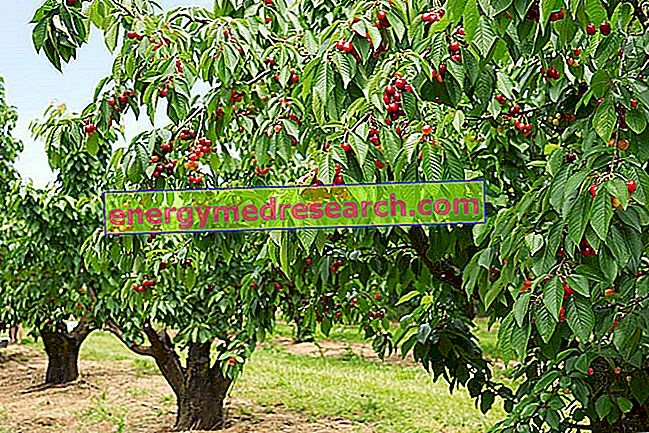
In Italy, the cherry is the fruit of a plant belonging to the genus Prunus and Species avium but, above all in the Anglo-Saxon language, the same noun ( cherry ) is used to indicate also other fruits of the trees belonging to the genus Prunus .
Commercial cherries are obtained mainly from the production of sweet cultivars, such as Specie avium . In English, "cherry" can refer to the tree itself, while in Italy the masculine "cherry" is applied. Moreover, again in the Anglo-Saxon culture, the same word can be used to indicate the almond tree (sweet almond tree) and other ornamental or flowering plants (cherry blossom) similar to the genus Prunus .
There are also Species of wild cherries that grow regardless of human control, although in the British Isles the nomenclature "wild cherry" indicates the fruit of the classic Prunus avium .
Many cherries are members of the subgenus Cerasus and Specie cerasus, which stands out for the flowers arranged in small corymbs and for the smooth surface of the fruit or with a single groove along one side.
Cerasus is native to the temperate regions of the northern hemisphere; in America there are two Species, in Europe three and all the others are widespread in Asia. Other types of cherries are members of the Padus subgenus.
Cherry trees with a low sun exposure tend to develop larger leaves, in order to capture a greater quantity of photons, while those with high exposure tend to have thicker leaves and have a greater photosynthetic capacity.
Most edible cherries are derived from Prunus avium or sweet cherry and from Prunus Cerasus cerasus or sour cherry.



